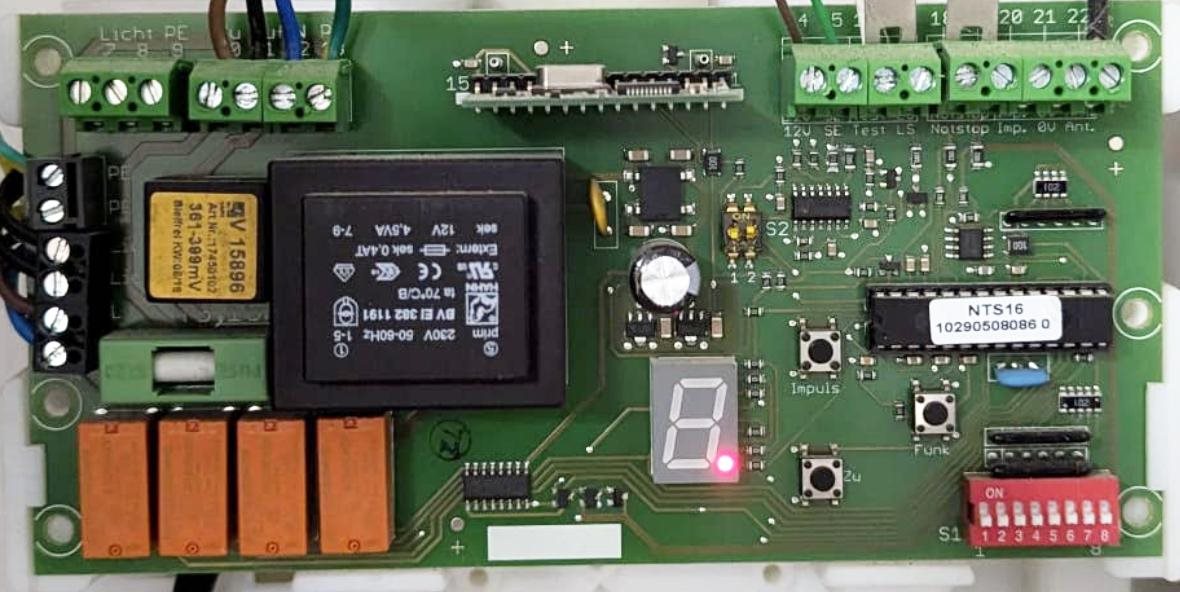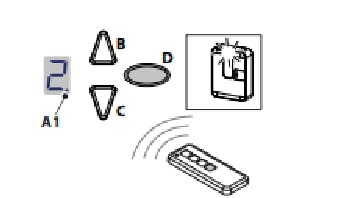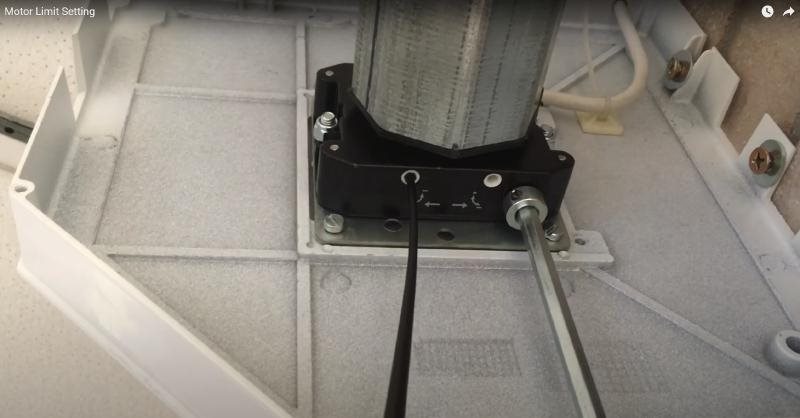So I have been tasked to discover how a 'roller' garage door knows when it is fully UP or Down and it is mystifying me
So here's all the information I have on the roller door controller. (pictured)

So I have been tasked to discover how a 'roller' garage door knows when it is fully UP or Down and it is mystifying me
So here's all the information I have on the roller door controller. (pictured)

HI thanks for your thoughts so far.
Yes I have thought of 'carefully' trying to stall the roller half way down to see if it stops proving that there is some sort of current sensing.
I too spotted the mystery yellow labelled block with its mV range and wondered if this was a current transformer.
I also wondered about putting a diode in series with the motor supply to slow it down to disprove any 'timing' method of knowing where it is. But I think I have disproved this theory anyway.
The front cover is missing so there is no manufacturers information as to make or model ,although the roller itself has the name Novoferm emblazoned upon it.
I will continue to investigate.
Thanks
Dave
I think Novoferm is a Spanish company. You can look for Novoport or Novomatic here: Documentación técnica | Novoferm (novofermalsal.com)
Several Novoport versions share that layout

Hi and a BIG thank-you to all respondents the mystery is solved.
Whilst I was fully expecting any 'end of travel' limits to be relayed back to the controller, and the total lack of any evidence of limit switches on the roller mechanism I was baffled.
However the diecast box at one end of the roller was the magical answer.
The black box shown in the attached picture on the roller I have been musing over, was a silver (unpainted) box and the two white adjusters are black. Consequently they just looked like blank holes in the darkness of the garage roof. There are no printed arrows like in the pictured item.
The limit switches are concealed within the box and simply break the mains feed when the limit is reached.
I had no access to paperwork or any instructions until aided by your kind comments whereby I was able to search and actually find a YouTube video explaining how to adjust the 'said' limits.
So simple once you know the secret.
I am still wondering why the relay on the controller pcb clicks off after the door stops (rather than instantly) but this may still involve what looks like the yellow labelled (current?) transformer which would kind of make sense?
Whatever, maybe a case of 'not seeing the wood for the trees' the mystery is solved as far as my involvement is concerned.
Thank you all for your support and encouragement, "True community spirit"
Dave

Hi Just a note to say I work with a lot of these motors in electric blinds.
Normally the control box is dumb. It just activates the relay for a timed period. As you corrently found out the limits are within the motor. This is normally done for safty.
Quite often there is a current sensor in the control box so that if the motor is jamed it will kill the power. I expect in your case the limit switch kills the motor and then the controller then becomes open circit lead to its protection system releasing the relay.
We we install these motors we just have a toggle switch to send them up and down. No controll needed if this helps.
JT
Hi Just a note to say I work with a lot of these motors in electric blinds.
Normally the control box is dumb. It just activates the relay for a timed period. As you corrently found out the limits are within the motor. This is normally done for safty.
Quite often there is a current sensor in the control box so that if the motor is jamed it will kill the power. I expect in your case the limit switch kills the motor and then the controller then becomes open circit lead to its protection system releasing the relay.
We we install these motors we just have a toggle switch to send them up and down. No controll needed if this helps.
JT